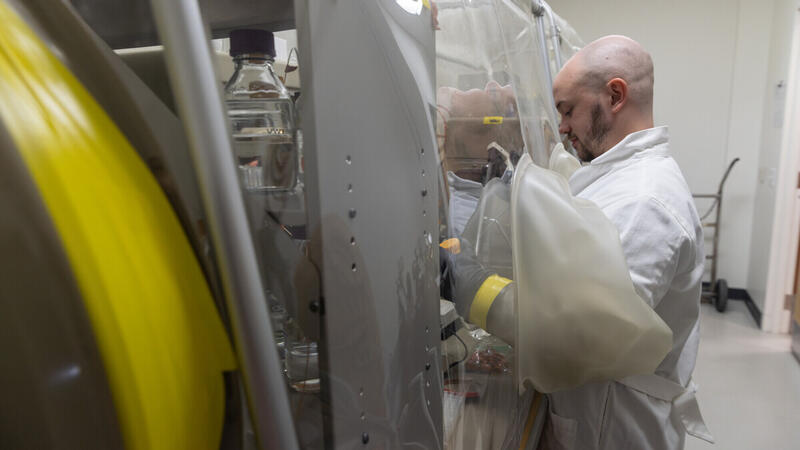News
Dual approaches pinpoint genes for better biofuel production
Rows of corn and soybeans cover rolling hills, stitched together by creeks and woodlands that compose southwest Wisconsin’s agricultural patchwork. These complex landscapes provide clean water, wildlife habitat and climate benefits—yet, historically their value has been measured in just one way: bushels per acre.
Our society is currently having serious debates about sources of energy and global climate change. But do students (and the public) have the requisite knowledge to engage these issues as informed citizenry?
At Michigan State University, members of research and industry are working together to put a pioneering biomass pretreatment process to the test—the taste test, that is.
Trying to understand how the structural polymer lignin is deposited in plant tissues is a bit like trying to understand bone growth in a human: it is very tricky to observe in a living specimen.
In their quest to make cellulosic biofuel a viable energy option, many researchers are looking to marginal lands—those unsuitable for growing food—as potential real estate for bioenergy crops. However, few people have asked: how do farmers feel about using their marginal lands for fuel production?
Last year, biofuel researchers at Michigan State University (MSU) published a study on an accelerated process for converting cellulosic—or non-food—plant biomass to ethanol in a quarter of the time it usually takes.
For 10 weeks during the summer of 2013, six students participated in GLBRC's Research Experience for Undergraduates (REU) program at UW-Madison. They came from as far away as Puerto Rico, and all were low income, minority, and/or first in their family to attend college.
For nearly a decade, scientists have thought that they understood how plants produce lignin—a compound that gives plant tissues their structure and sturdiness, but can limit their use as a source of biofuels.
On July 22nd, more than 80 congressional staff members gathered at the Rayburn House Office Building in Washington, DC for a Q&A-style briefing intended to update the House Science and National Labs Caucus on the latest progress of the Department of Energy (DOE) Bioenergy Rese
A new biomass breakdown method being developed by researchers at the Great Lakes Bioenergy Research Center (GLBRC) and the Los Alamos





